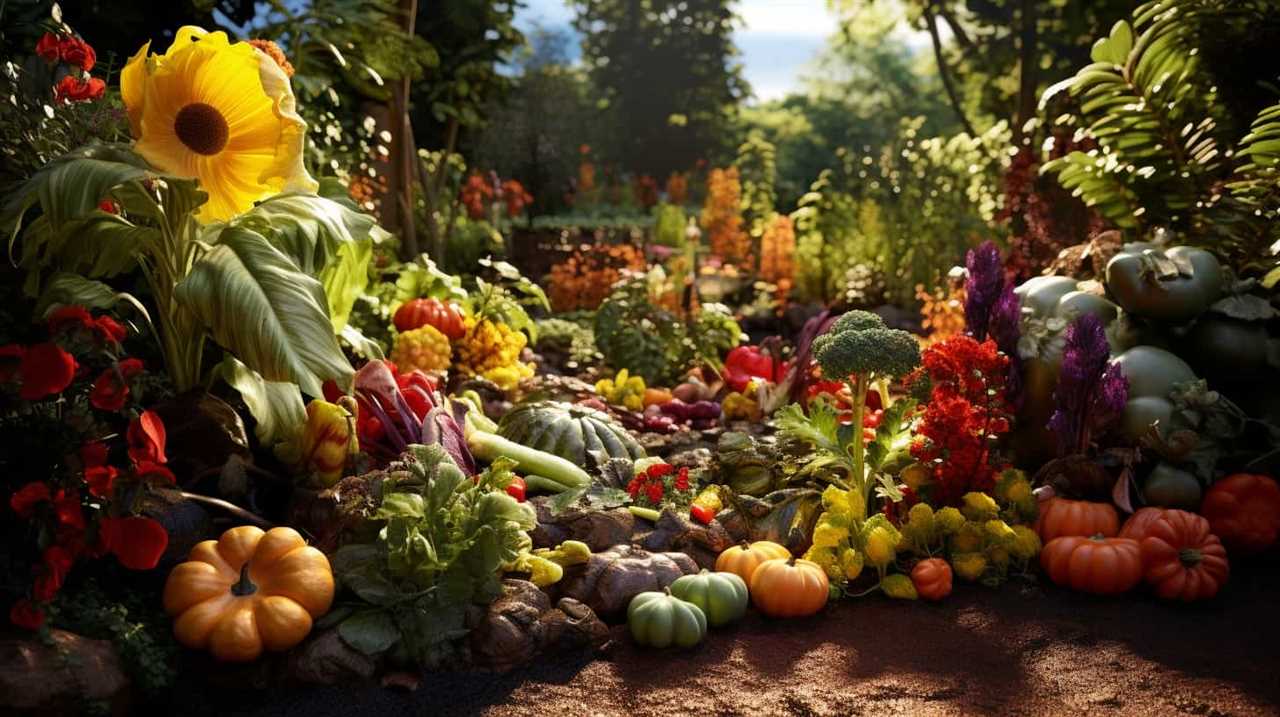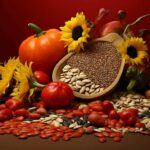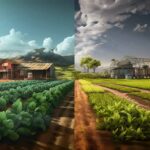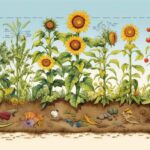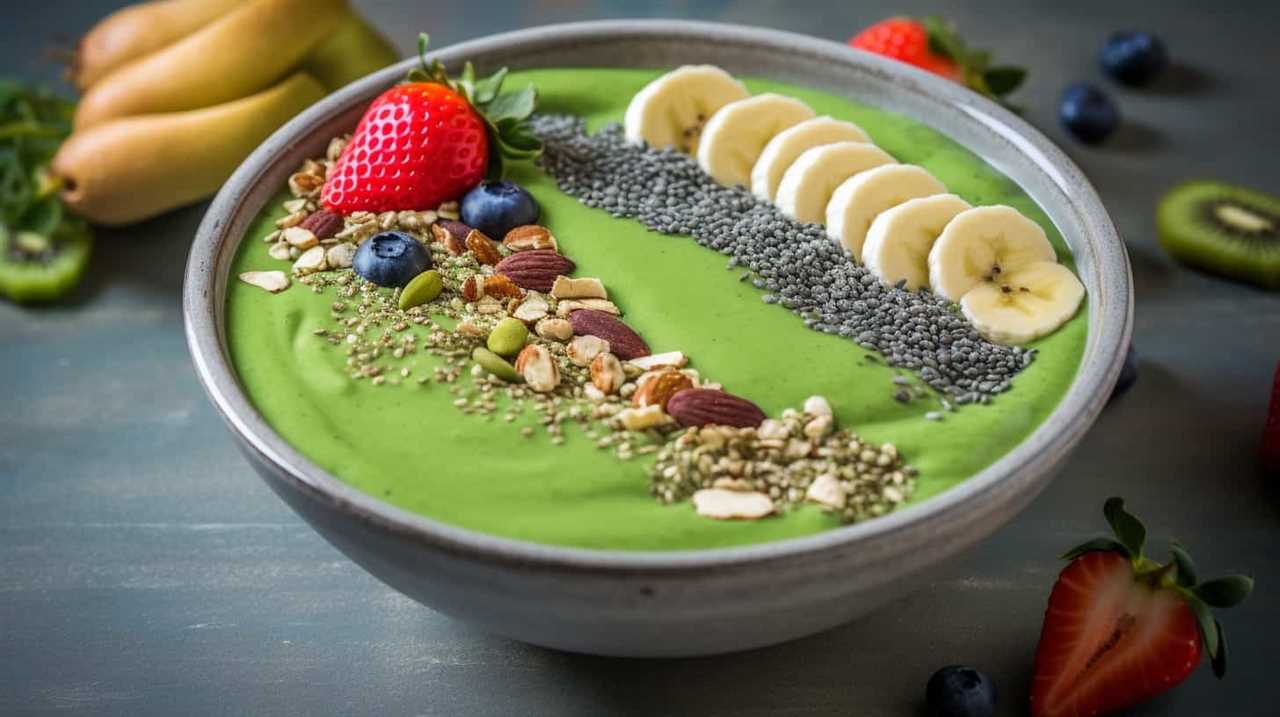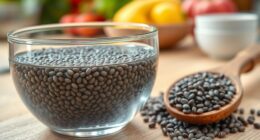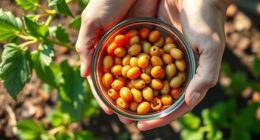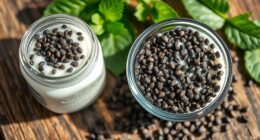You may wonder, ‘What’s the point of engaging in commercial seed production?’ Let us explain: effective seed production is essential for a flourishing agricultural sector.
In this article, we will share the top techniques for achieving success in commercial seed production. From soil preparation to pest control, we will guide you through the precise and informative steps necessary for producing high-quality seeds.
Get ready to liberate your crops and elevate your yields with these expert techniques.
Key Takeaways
- Application of compost enhances soil fertility and structure.
- High germination rates directly impact yield and quality.
- Drip irrigation minimizes water loss and provides controlled moisture for seeds.
- Integrated pest management combines various control methods to minimize pesticide use.
Soil Preparation
To achieve successful commercial seed production, we begin with preparing the soil. One crucial step in soil preparation is the application of compost. Compost is a valuable source of organic matter that enhances soil fertility and structure. By incorporating compost into the soil, we provide essential nutrients and beneficial microorganisms that support plant growth and development. This promotes healthy root systems and improves nutrient availability. Additionally, compost helps retain moisture in the soil, reducing the need for irrigation.
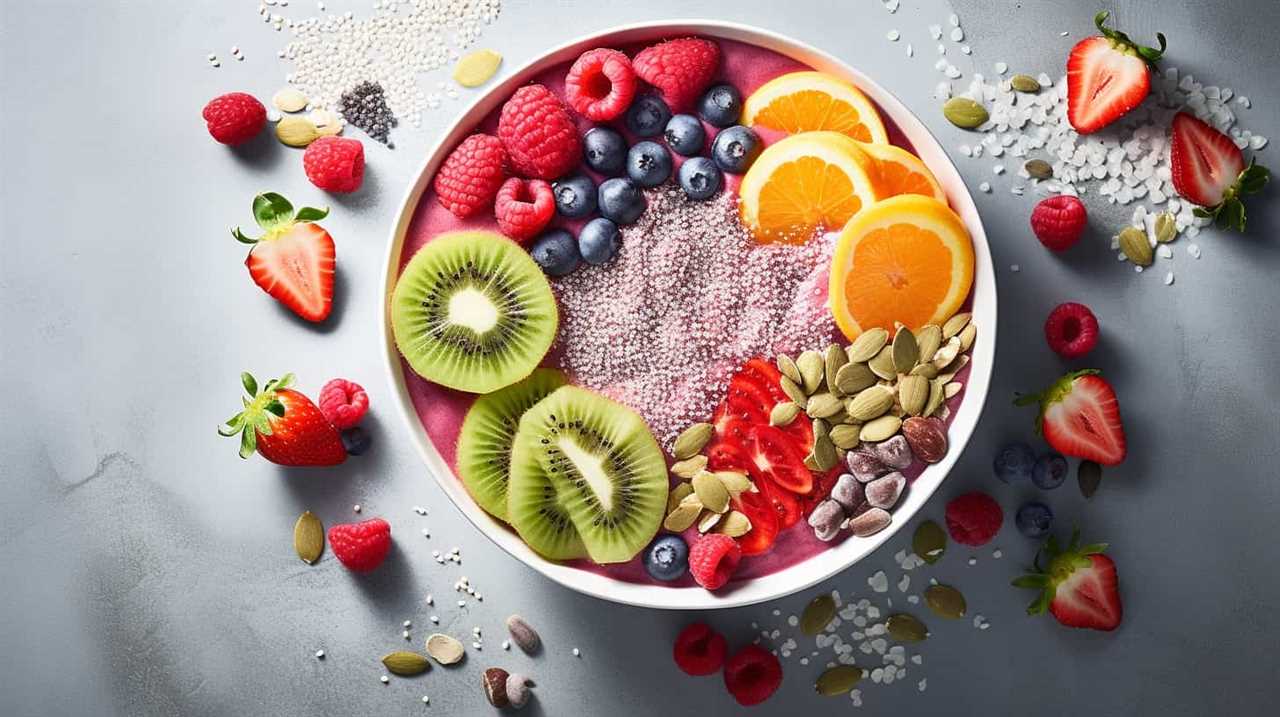
Nutrient management is another vital aspect of soil preparation. By carefully analyzing the soil’s nutrient content and pH levels, we can adjust and optimize fertilization practices to ensure that the plants receive the appropriate balance of nutrients. This precision in nutrient management is essential for maximizing seed production and maintaining the overall health of the crop.
Seed Selection
After preparing the soil through compost application and nutrient management, we move on to seed selection, a critical step in successful commercial seed production.
Seed quality is of utmost importance in determining the success of a crop. It’s crucial to select seeds that have high germination rates, as this will directly impact the yield and quality of the final product. When choosing seeds, it’s essential to consider factors such as the genetic characteristics of the plant, disease resistance, and adaptability to local conditions. Conducting thorough research and consulting with experts can help in making informed decisions. Additionally, regular testing of seed quality and germination rates should be carried out to ensure consistent performance.
By carefully selecting seeds, we set a solid foundation for successful commercial seed production.
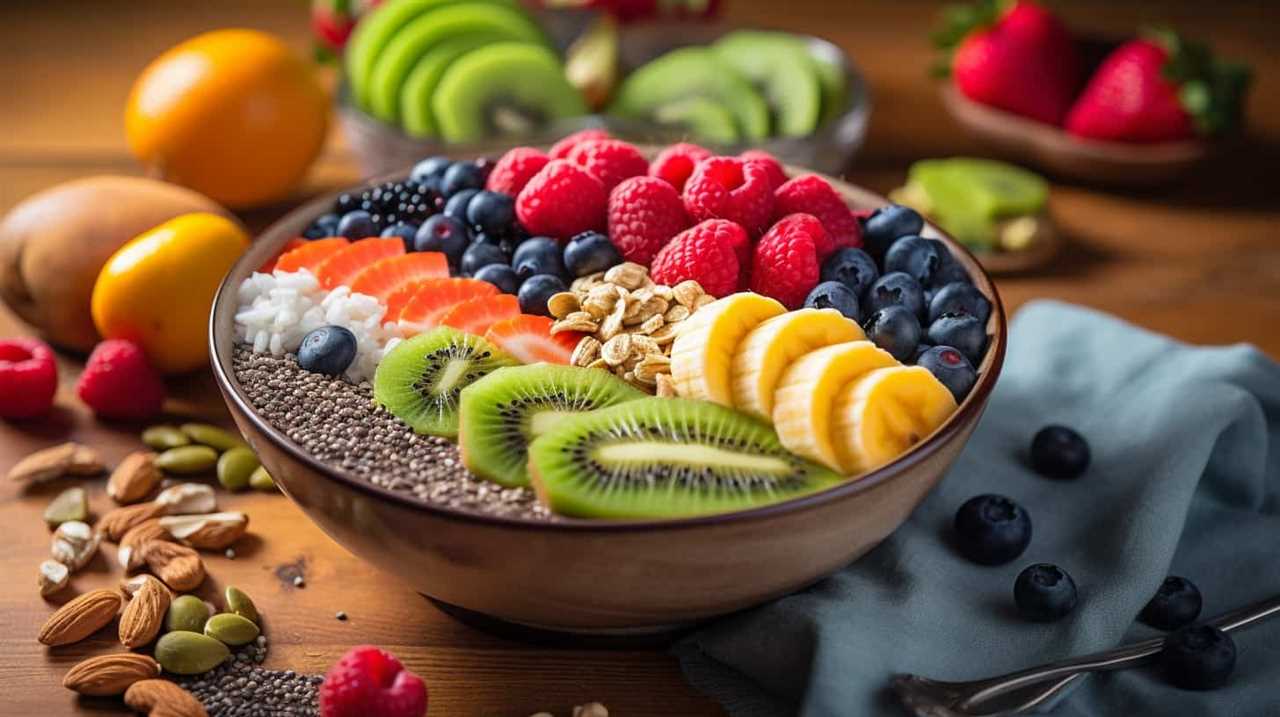
This leads us to the subsequent section on irrigation and water management, which is vital for the growth and development of the chosen seeds.
Irrigation and Water Management
One important aspect of successful commercial seed production is implementing proper irrigation and water management practices.
Drip irrigation is a highly efficient method that delivers water directly to the plant’s root zone, minimizing water loss through evaporation or runoff. By providing water in a controlled manner, drip irrigation ensures that seeds receive the necessary moisture for germination and growth, reducing the risk of drought stress or waterlogging.
Additionally, rainwater harvesting can supplement irrigation needs by collecting and storing rainfall for later use. This sustainable practice helps conserve water resources and reduces reliance on external water sources.
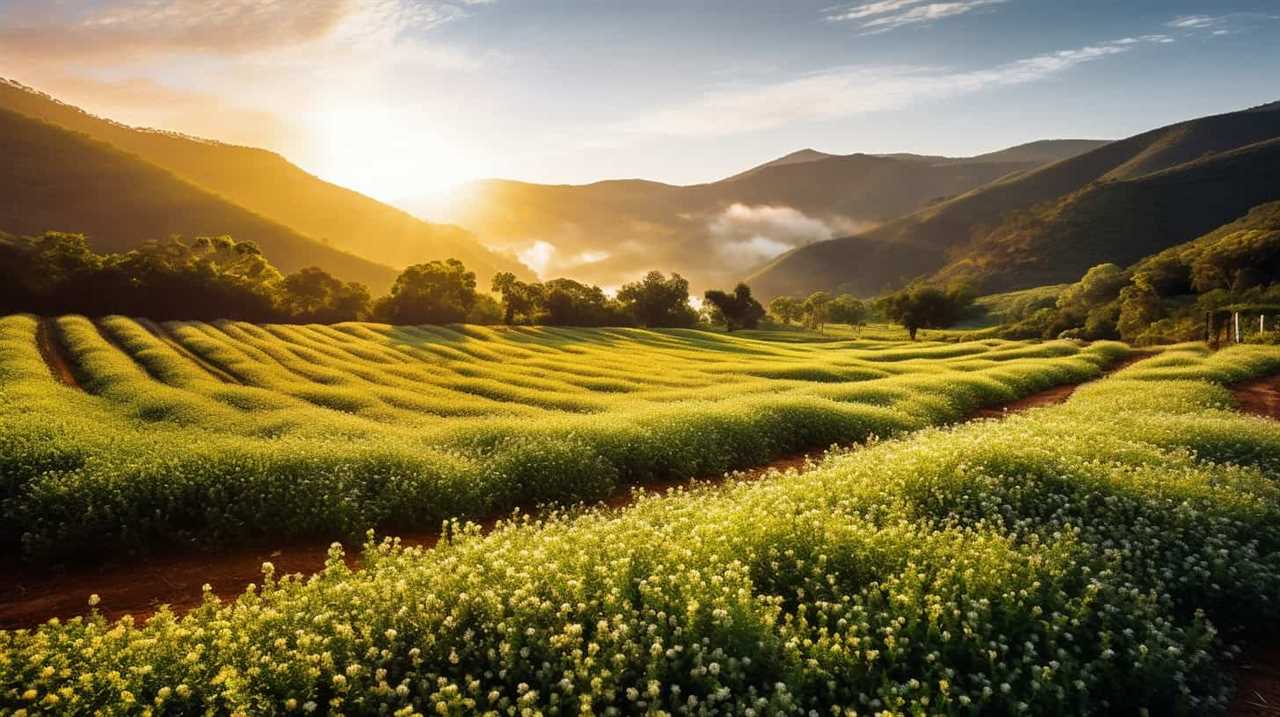
Pest and Disease Control
Our approach to pest and disease control in commercial seed production focuses on implementing integrated pest management (IPM) strategies.
IPM is a holistic approach that combines various pest control methods to minimize the use of chemical pesticides.
We prioritize preventive measures such as crop rotation, sanitation, and the use of disease-resistant varieties.
Additionally, we promote the use of biological control agents, which are natural enemies of pests and diseases.
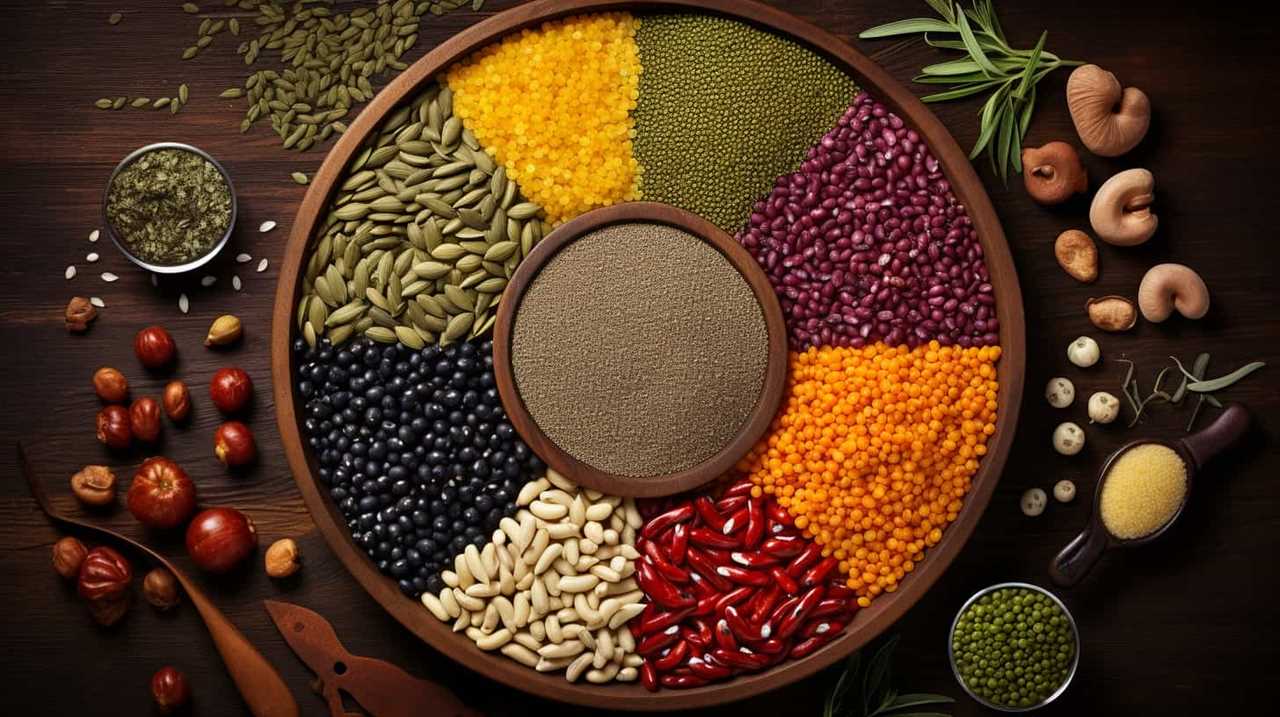
These include beneficial insects like ladybugs and predatory mites, as well as microbial agents like Bacillus thuringiensis.
By introducing these natural enemies into the field, we can maintain a balanced ecosystem and reduce the reliance on chemical interventions.
Our goal is to protect the health of our crops, while also preserving the environment and promoting sustainable agriculture.
Harvesting and Processing
To ensure the highest quality seeds, we carefully handle the harvesting and processing stages of commercial seed production. Seed drying is a critical step in the process, as it removes excess moisture from the seeds and prevents the growth of mold and bacteria. We employ various techniques such as natural air drying, mechanical drying, or a combination of both, depending on the type of seed and environmental conditions.
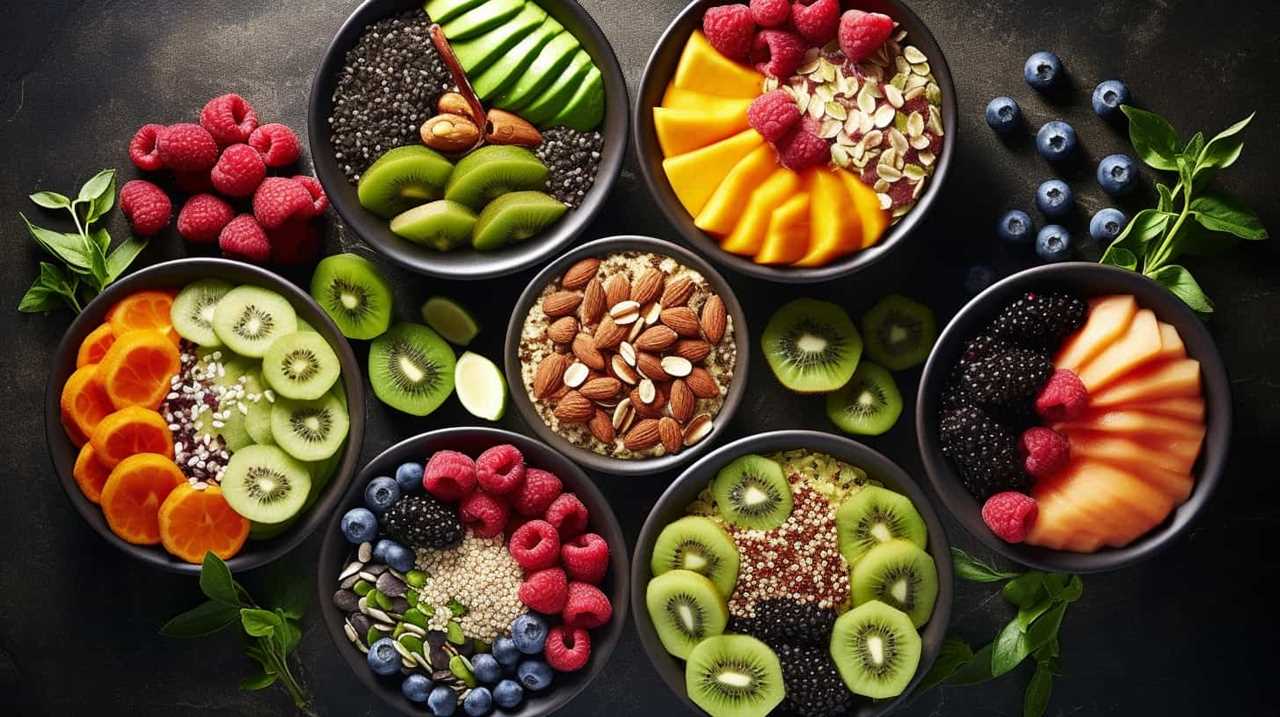
After drying, the seeds are carefully stored in appropriate containers to maintain their viability. Seed storage is crucial to preserving the genetic integrity of the seeds and ensuring their long-term viability. We use controlled environments with optimal temperature, humidity, and lighting conditions to extend the shelf life of the seeds. Regular monitoring and periodic testing help us maintain seed quality and viability throughout the storage period.
Conclusion
In conclusion, successful commercial seed production requires careful soil preparation, meticulous seed selection, efficient irrigation and water management, effective pest and disease control, as well as meticulous harvesting and processing.
These techniques are the foundation for achieving high-quality seeds that meet market demands.
Like a well-oiled machine, a harmonious blend of these precise steps ensures the success and profitability of seed production.

Just as a symphony relies on each instrument playing its part, so too does the seed production process rely on each technique working in harmony to achieve optimal results.

